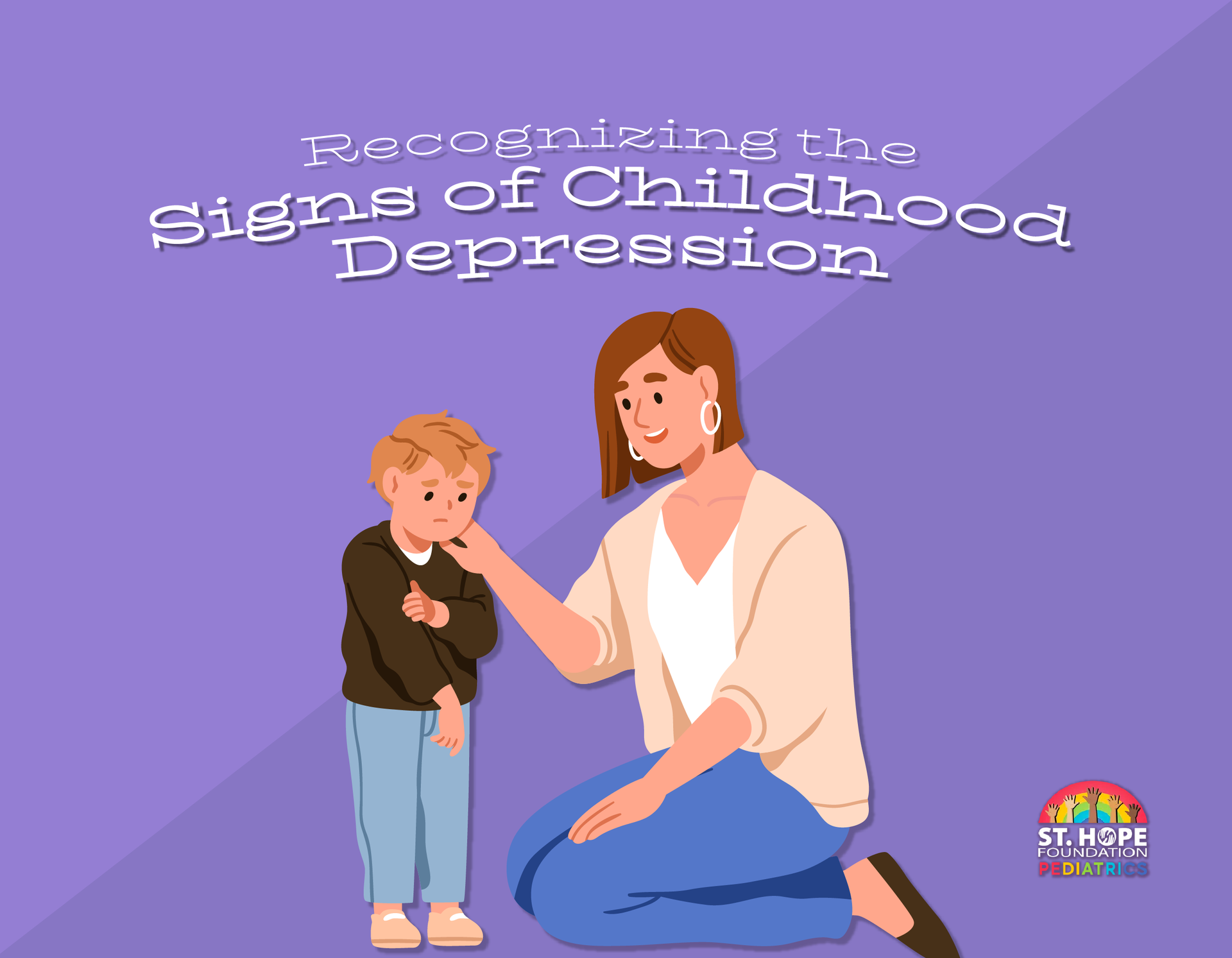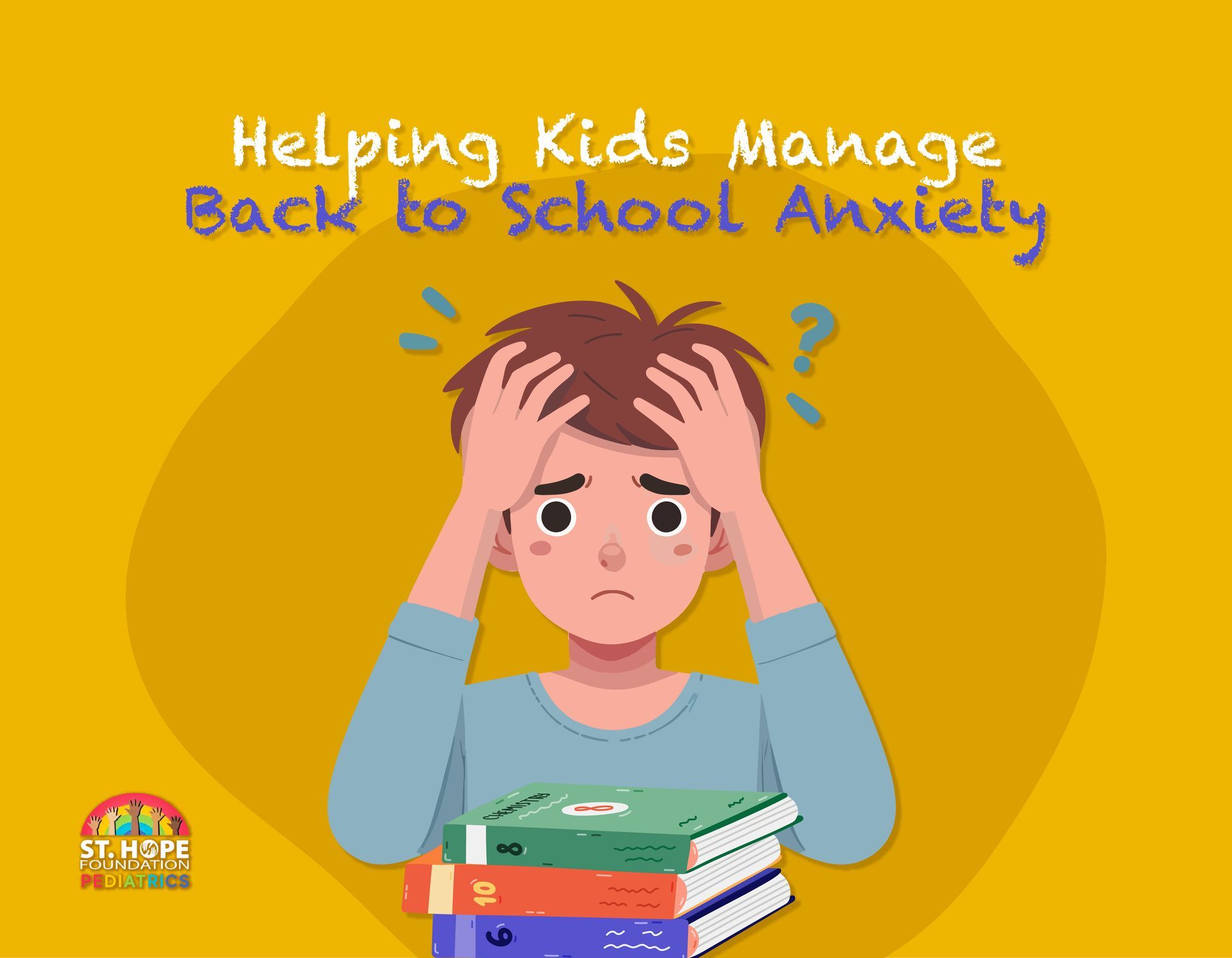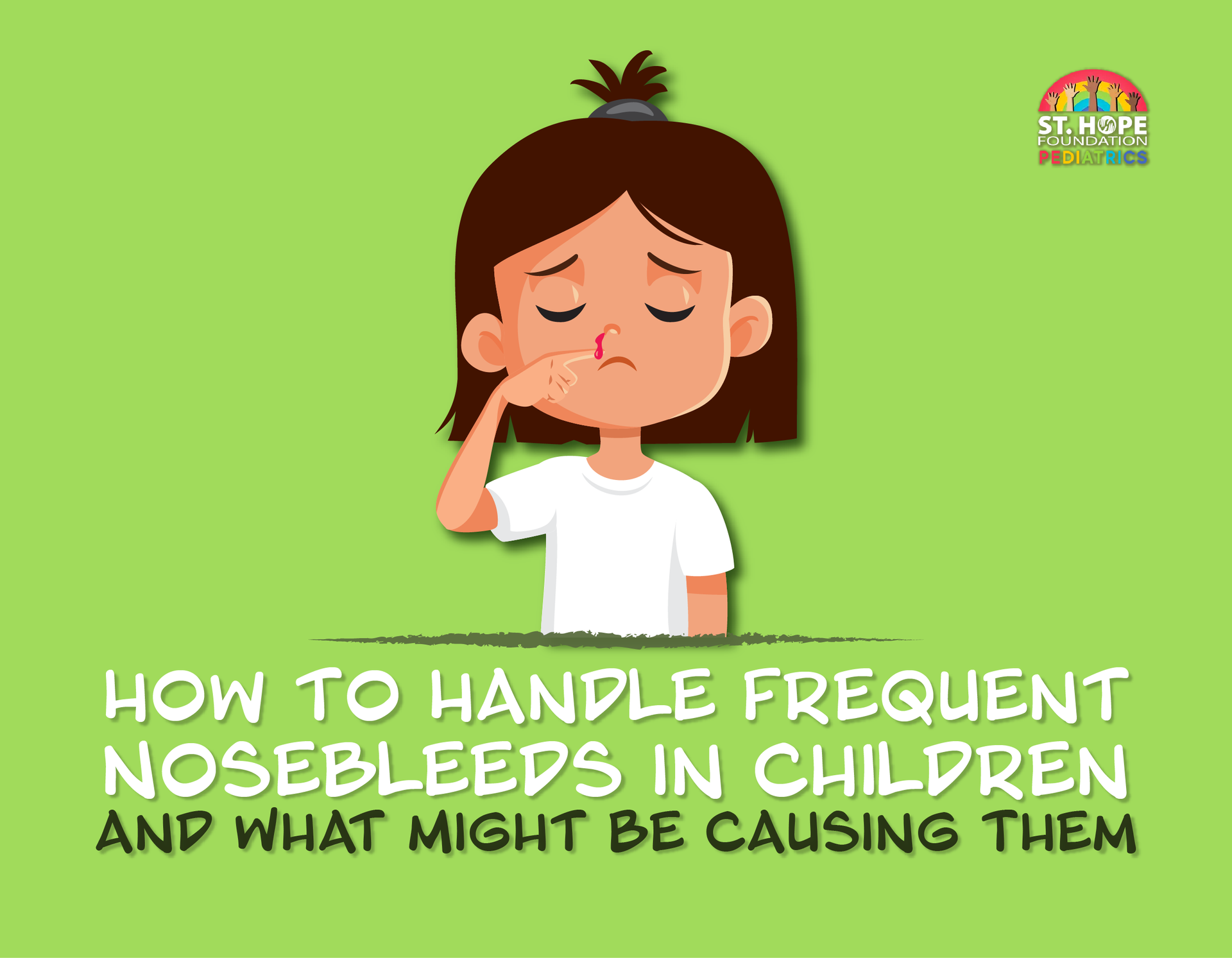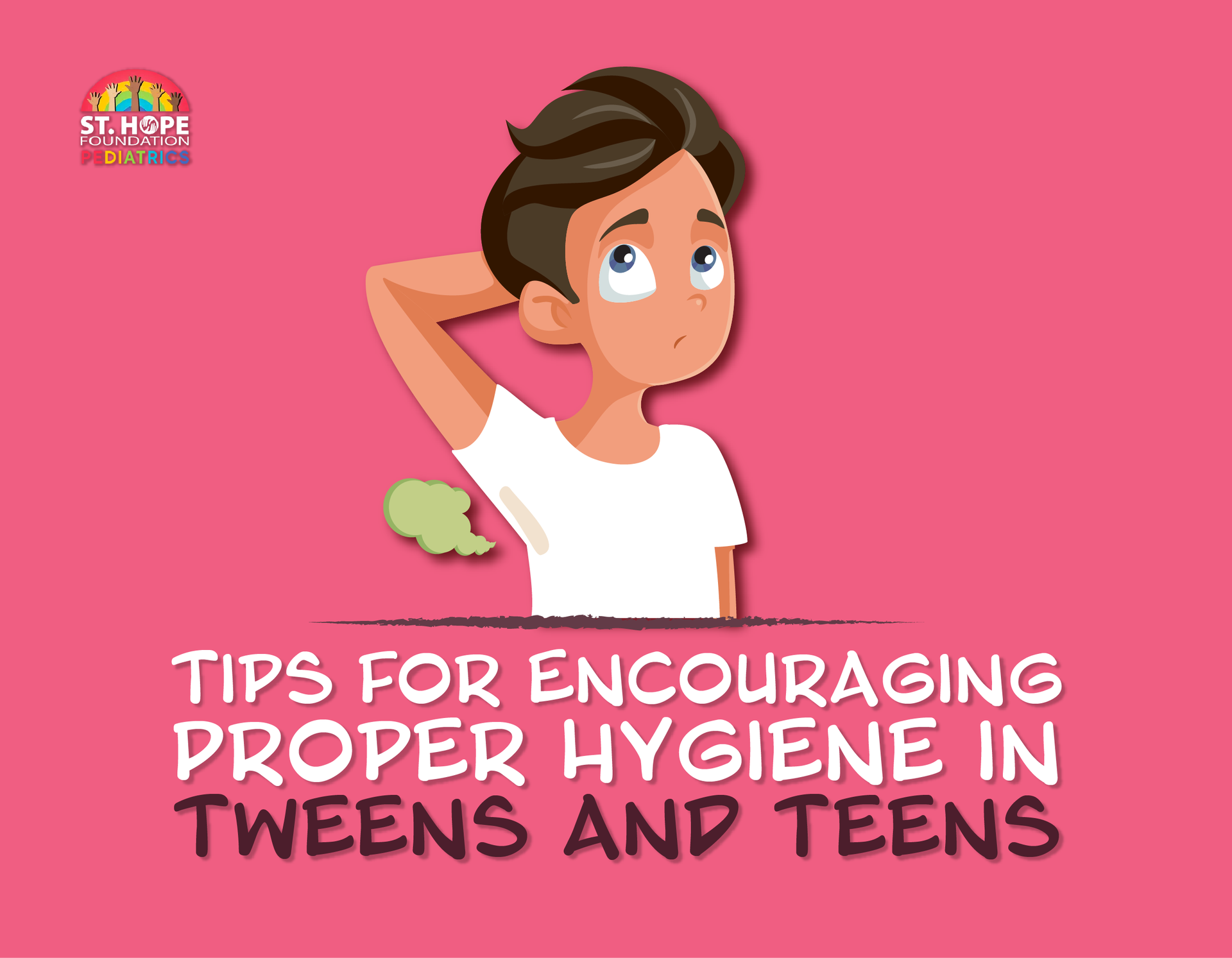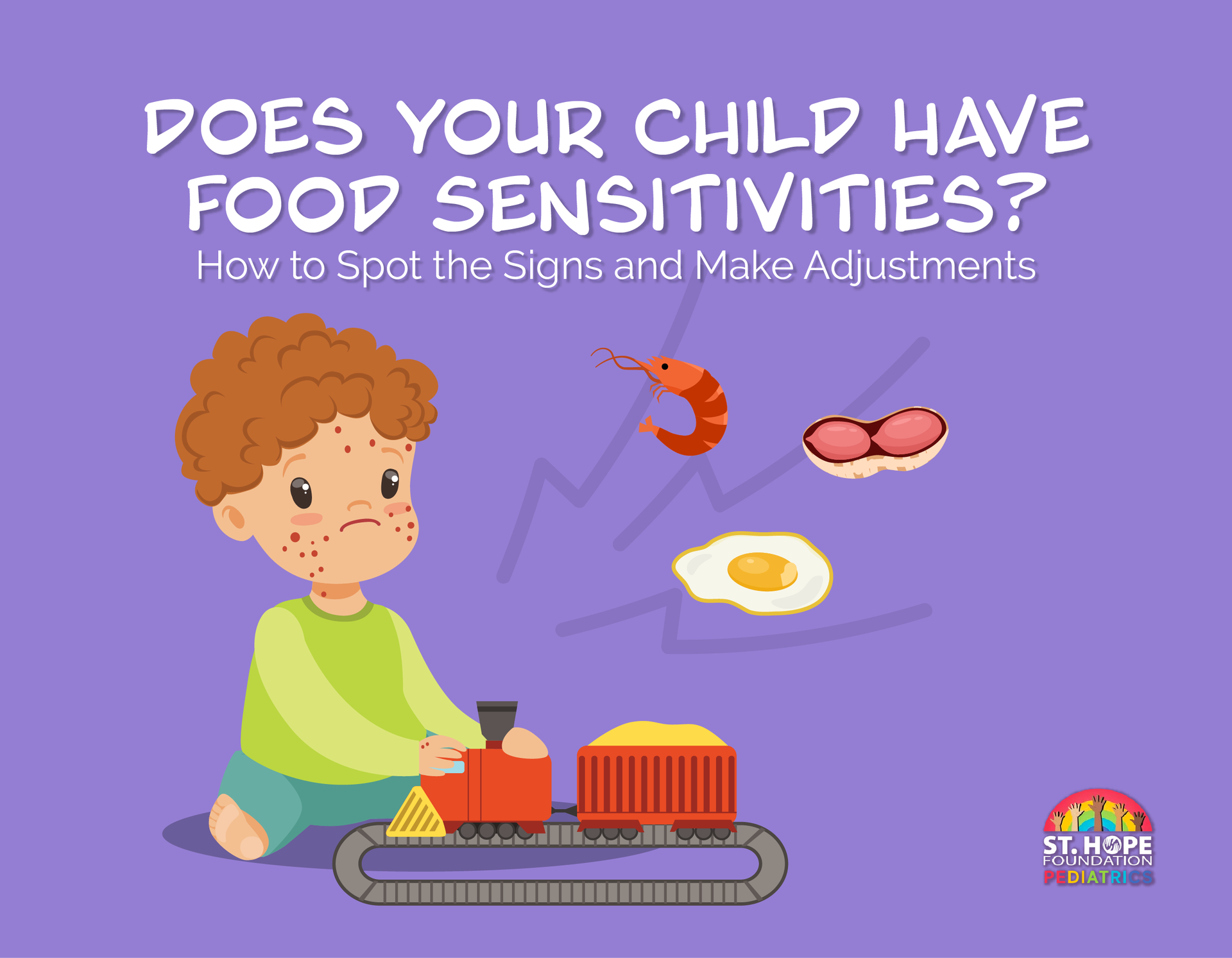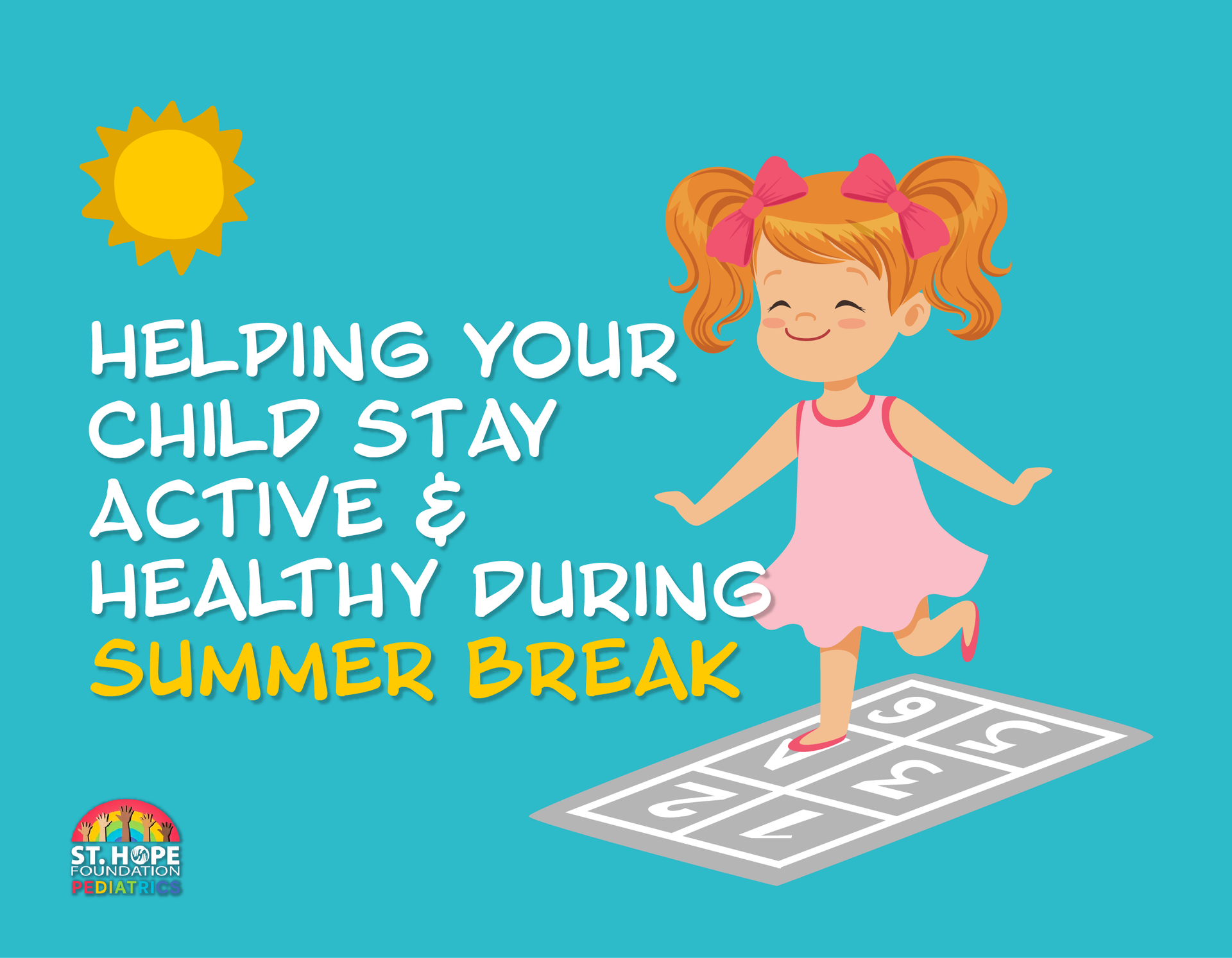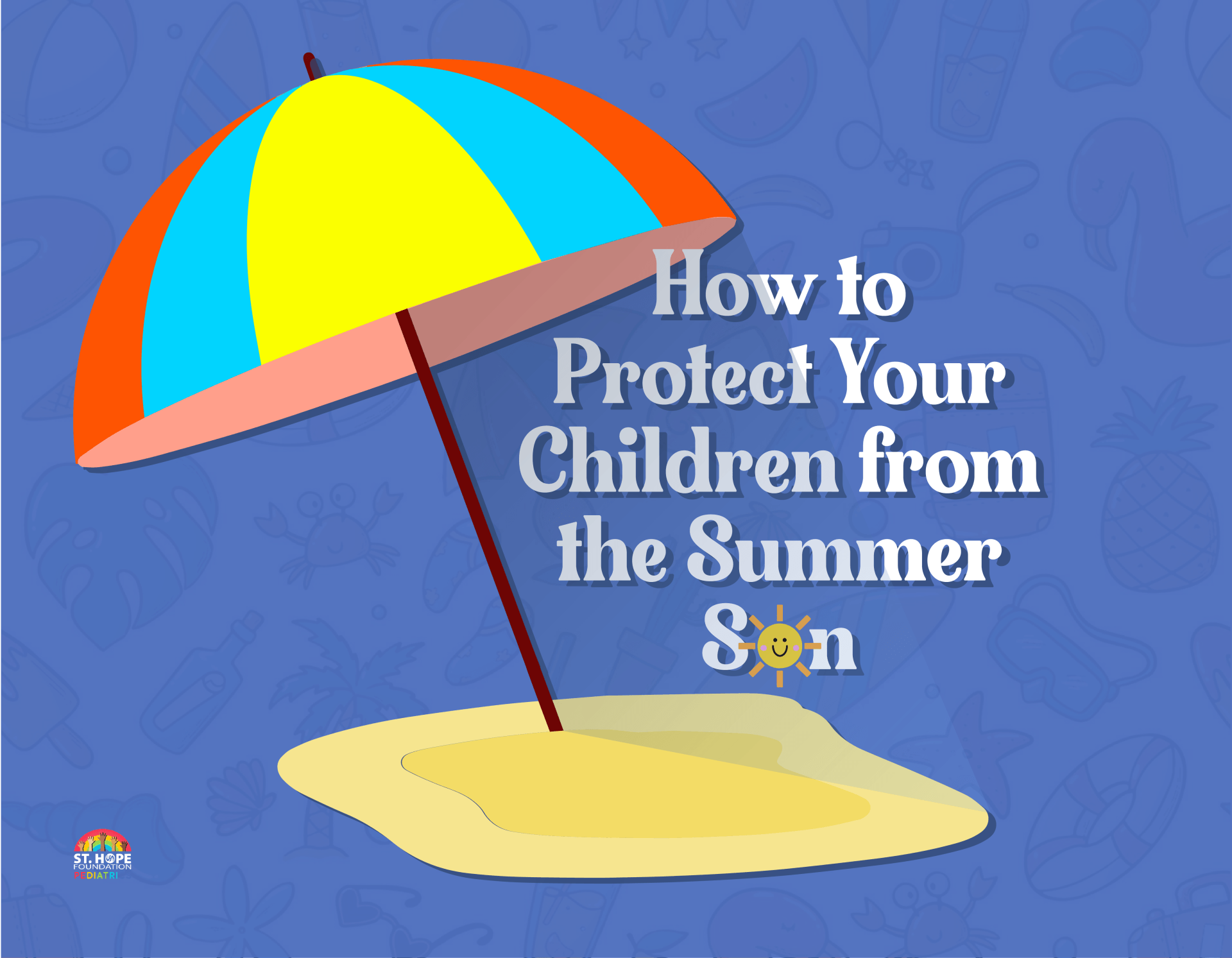
Now that summer is in full swing in Texas, you will likely be spending more time outdoors with your children. But going to beaches, theme parks, water parks, outdoor swimming pools or even urban splash pads can contribute to your child’s life-long cumulative skin damage if they’re not adequately shielded from the fierce summer sun.
Luckily, there are plenty of ways you can protect your little ones from exposure to the sun’s potentially harmful UV rays without having to give up precious outdoor time.
Apply Sunscreen
Sunscreen should be a staple in your summer bag. Apply a generous amount of sunscreen on your child regardless of their skin tone. Many people assume dark skin doesn’t burn. This couldn’t be further from the truth. All people can get sunburned, and babies and children are especially vulnerable to the sun’s harsh rays.
Choose sunscreen with a Sun Protection Factor (SPF) of at least 30. If your child is in water, make sure you use water resistant sunscreen and reapply it every couple of hours.
Dress in Protective Clothing
Another way to prevent sunburn is to dress your child in protective clothing. Avoid dark-colored clothes, as these absorb much more UV than light-colored clothes. Choose light weight and white or pastel-colored clothes that cover your child’s shoulders, arms and legs. Broad-brimmed hats can also be beneficial (if you can convince your child to keep one on).
For an extra layer or protection, you can dress your child in clothes that have an ultraviolet protection factor (UPF) that shields their skin from the sun.
Wear Sunglasses
Exposure to sun can damage the eyes and lead to vision problems, such as cataracts, which most people get between the ages of 40 and 60. You can protect your child’s eyes by having them wear sunglasses with at least 99 percent UV protection. There’s a diverse array of colorful and fun-shaped sunglasses your little one can choose from.
Avoid Midday Sun
The sun is at its strongest between 10 a.m. and 4 p.m. To avoid sunburn, try planning your family’s outdoor activities either early in the morning or later in the afternoon. If you do decide to be in the sun during peak-intensity hours, frequently reapply a generous layer of sunscreen on your child’s skin.
You should also seek shelter from the sun by staying in the shade. If you’re at a beach where natural shade can be difficult or impossible to find, bring an umbrella, pop-up tent or canopy with you.
Stay Hydrated
Being in the sun for an extended period of time can leave you and your child dehydrated. Even moderate dehydration may harm the body, causing poor kidney function and an accelerated heart rate. To stay hydrated on a warm and sunny day, make sure you and your child are drinking plenty of water. You can also munch on fruits and vegetables rich in water, like watermelon, grapefruit, peaches and cucumbers.
What to Do If Your Child Gets Sunburned?
If your child does get sunburned, there are many at-home remedies that accelerate the healing process. If the sunburn is subtle, your child’s skin won’t need much treatment other than staying indoors, resting and drinking plenty.
In more severe cases, you can alleviate the pain and redness by:
- Applying aloe vera on your child’s burned skin to moisturize it and reduce inflammation
- Give your child a cool bath or have them take a cold shower to help soothe the skin
- Give your child over the counter, child-safe pain medication
- Apply topical medication, like hydrocortisone cream, on your child’s sunburned skin to reduce pain and swelling
If the sunburn is severe and the skin develops painful blisters, make sure your child doesn’t scratch them and seek prompt medical attention.
Can Kids Get Skin Cancer?
Skin cancer, such as melanoma, is rare in children. This doesn’t mean a child cannot eventually get skin cancer from overexposure to the sun. Sun damage is cumulative, meaning it builds up over a lifetime.
By protecting your family from the sun’s UV rays, you teach your children to incorporate sunscreen and other protective measures into their summer routine, thus minimizing their chances of developing skin cancer as children and, hopefully, as adults.
Choose St. Hope Pediatrics in Houston and Ensure Your Children Receive the Care They Deserve
Whether your child has been hurt, is due for a checkup or needs dental care, St. Hope Foundation offers comprehensive and affordable pediatric services to families in and around Houston.
For more information or to schedule your child’s appointment, call (713) 778-1300.


